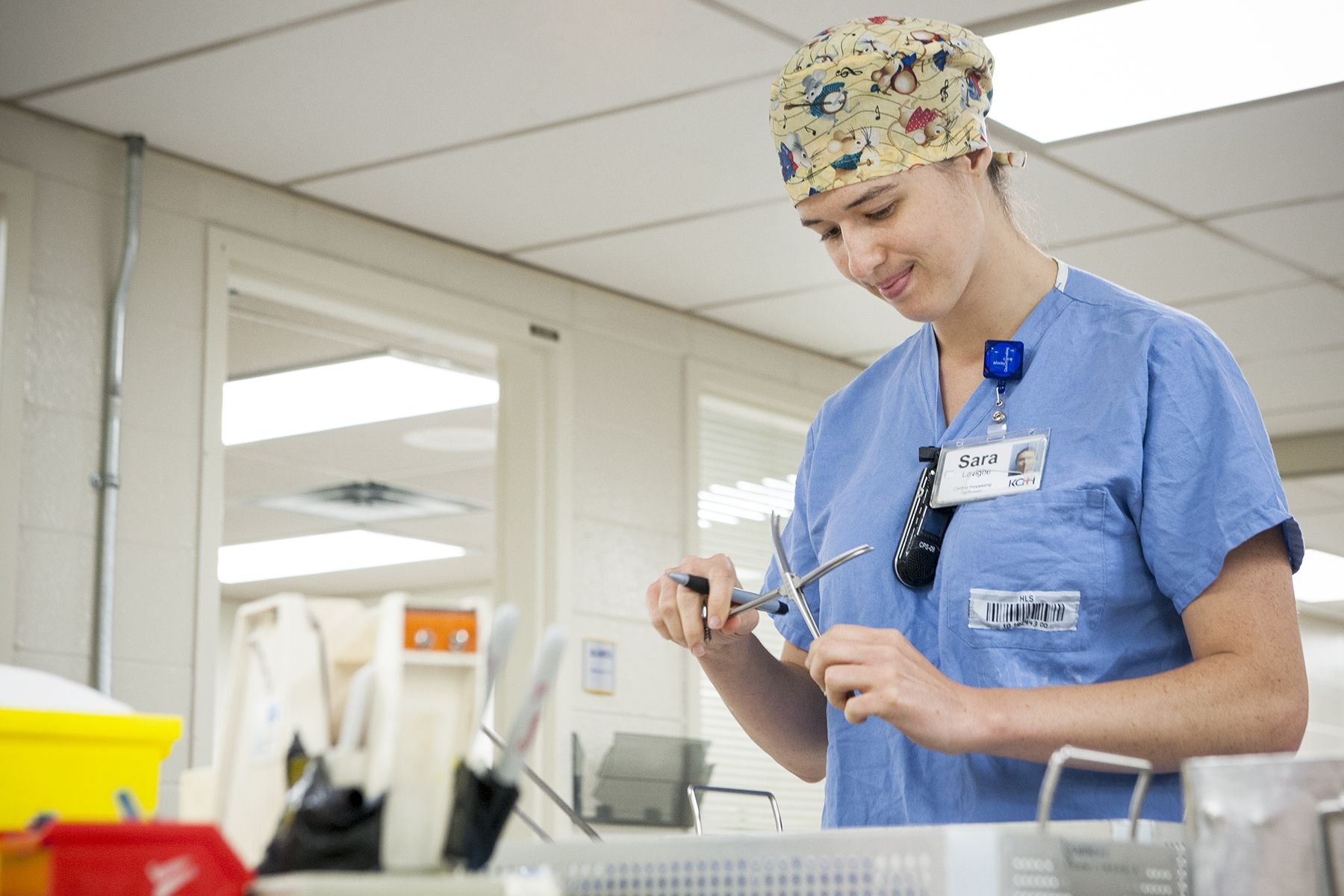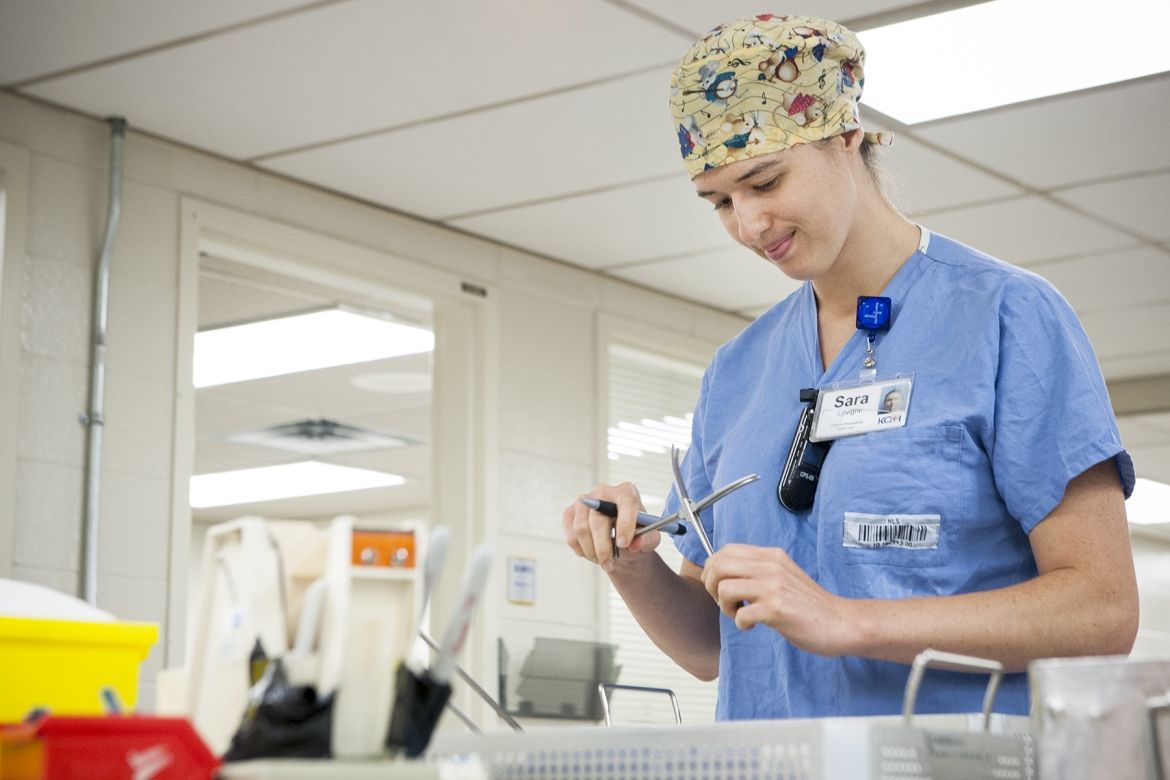Effective immediately masking is required for everyone when present on all inpatient units, in the Emergency Department (ED), the Urgent Care Centre (UCC), and the Children’s Outpatient Centre (COPC).

Kingston General Hospital is on a journey to put our patients at the centre of everything we do. To support staff and physicians who have been asking for tools to help them provide patient- and family-centred care, work is now underway to create some key standards for everyone.
"So far, we've identified five standard practices we will be focusing on supporting more with education and monitoring," says Daryl Bell, lead of our Patient- and Family-Centred Care initiative. "These standards will be tools which will increase patient safety and satisfaction. The goal will be to ensure everyone understands what each standard is and that everyone is carrying them out in the same way."
Special committees comprised of staff and Patient Experience Advisors have been set up to create each of the standards. At the top of the list is "completion of whiteboards." Whiteboards were installed on the wall at the foot of every inpatient bed as a communication tool between patients, their families and staff. The goal of this standard will be to ensure that every board is updated each shift and that every section is completed.
The next standard on the list is Identification badges. It's a KGH requirement that ID be worn at chest level and that the person's entire name be visible. To help people meet this standard, the hospital is now making available new clips with retractable reels. The clips have been sent to leaders across KGH and are now being handed out to everyone. For people who wear lanyards, the clip will allow their ID badge to be at chest level.
"Wearing ID badges is important for security and peace of mind. Our patients tell us that they like knowing our names and what role we play in their care," says Bell. "ID badges are also good for staff as they help us meet and greet each other."
Next on the list is something that's relatively new at KGH. It's called the AIDET tool and it stands for "Acknowledge, Introduce, Duration, Explanation and Thanks."
"This tool is mainly about common sense and courtesy. Most staff and physicians already incorporate this tool into their daily practice, perhaps without knowing it," says Bell.
"When you walk into a patient-care room it reminds you to acknowledge the people who are there, to introduce yourself and your role, talk about how long you are going to be there, explain what you are going to be doing and then say thank you when you are done," says Bell.
The next standard on the list is hourly rounding. It requires each patient to be seen by a staff member every hour to check on such things as their comfort, whether their call bell is within reach, if they need help with pain management, or with going to the bathroom, or if there is anything else they need.
"Hourly rounding is actually happening at KGH for the most part and that's a great thing. It's been shown to increase safety and reduce patient anxiety and the use of call bells. Hourly rounding can be accomplished in many different ways and each unit will be encouraged to explore what works best," says Bell.
The final standard on the list is the holding of Patient Feedback Forums. These forums have been underway at KGH for the past year or so. They give staff and physicians a chance to hear directly from a patient and their families about a recent hospital experience. After the forum is over, the staff and physicians then engage in continuous improvement cycles to support or fix the factors that influenced the patient's or their family's experience. The goal is to have each patient-care program hold a minimum of two forums and four continuous improvement cycles each year.
As part of the work to officially develop these standards, auditing tools are also being created. The goal will be to achieve an overall 80 per cent corporate compliance rate for each standard practice. For those areas not meeting the goal, improvement cycles will be initiated by managers to support staff, physicians and learners in meeting the standards.
"The good news is most people are already meeting these standards. They are just part of their everyday work and now we will ensure that the patient experience is uniform across the organization," says Bell.
Gallery


Sara Lavigne, Central Processing Technician, sports one of KGH's new ID clips. The clips are being handed out across the hospital to ensure people wear their ID at chest level.



